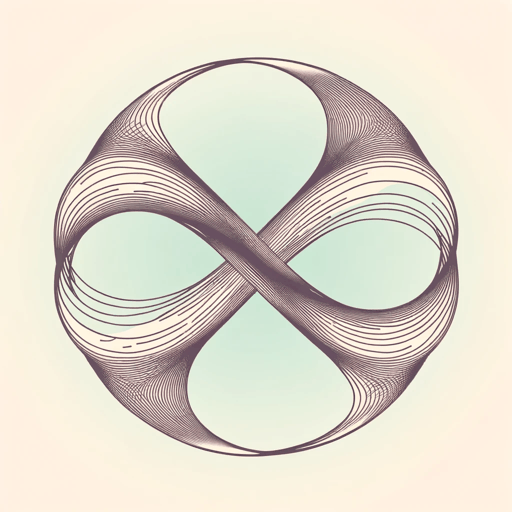38 pages • 1 hour read
Charles SeifeZero: The Biography of a Dangerous Idea
Nonfiction | Book | Adult | Published in 2000A modern alternative to SparkNotes and CliffsNotes, SuperSummary offers high-quality Study Guides with detailed chapter summaries and analysis of major themes, characters, and more.
Chapters 4-6Chapter Summaries & Analyses
Chapter 4 Summary: “The Infinite God of Nothing: The Theology of Zero”
Subsection “The Nutshell Cracked” shows how various individuals integrated zero into Renaissance thought and challenged Aristotelianism. Seife discusses Brunelleschi’s artistic innovation of the vanishing point, Nicholas of Cusa and Giordano Bruno’s speculations that the Earth was not the center of the universe but one of many worlds, Copernicus and Galileo’s propositions of a heliocentric model of the solar system, and Martin Luther’s initiation of the Protestant Reformation. Seife mentions that the Catholic Church responded by doubling down on its doctrines (including Aristotelianism), as illustrated by the foundation of the Jesuit order and the Spanish Inquisition.
“Zero and the Void” shows how the conflict between the old and new views on zero played out in the mind of René Descartes. Descartes’s invention of the coordinate plane placed zero at the center of the number line. However, Descartes’s thoughts about zero were conflicted; the mathematician needed it for his coordinate system, but ultimately, true to his Jesuit training, he denied the existence of the void. However, he argued God’s existence from the idea of infinity. Seife then discusses how Blaise Pascal discovered that the vacuum—the void—does exist, smashing that essential pillar of Aristotelian thinking that Descartes left intact.

